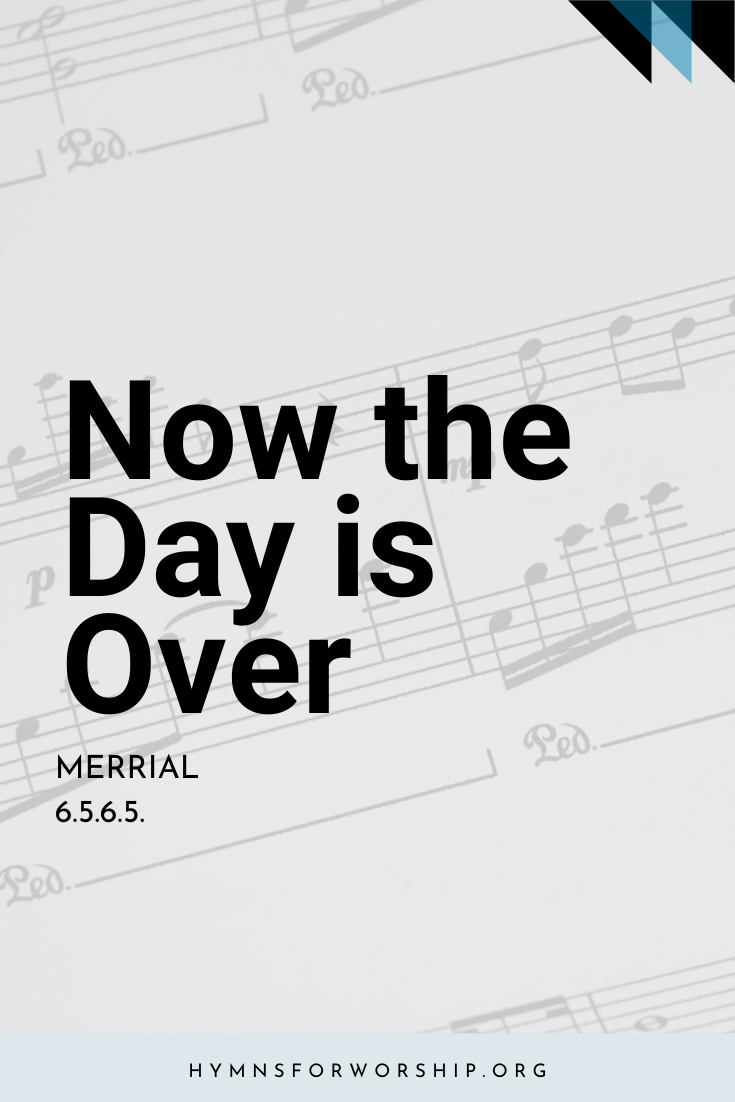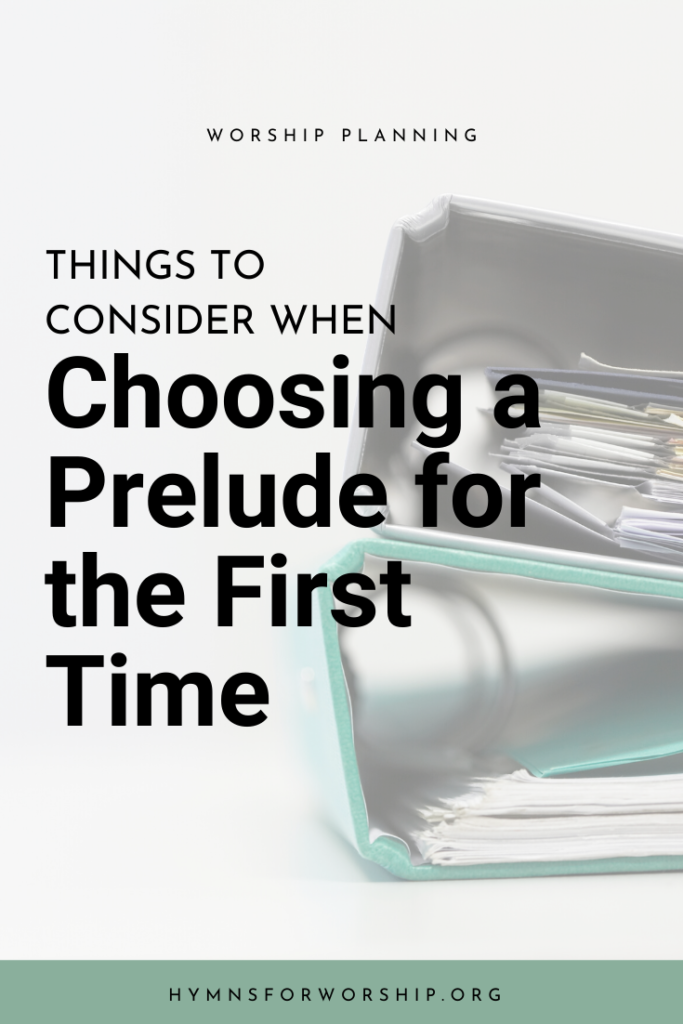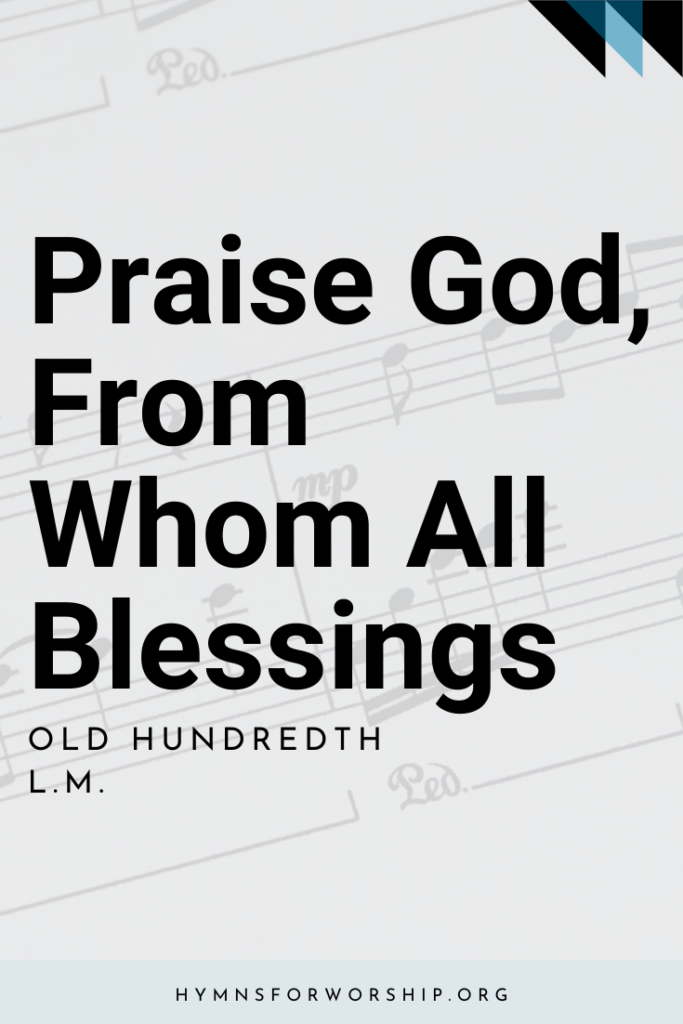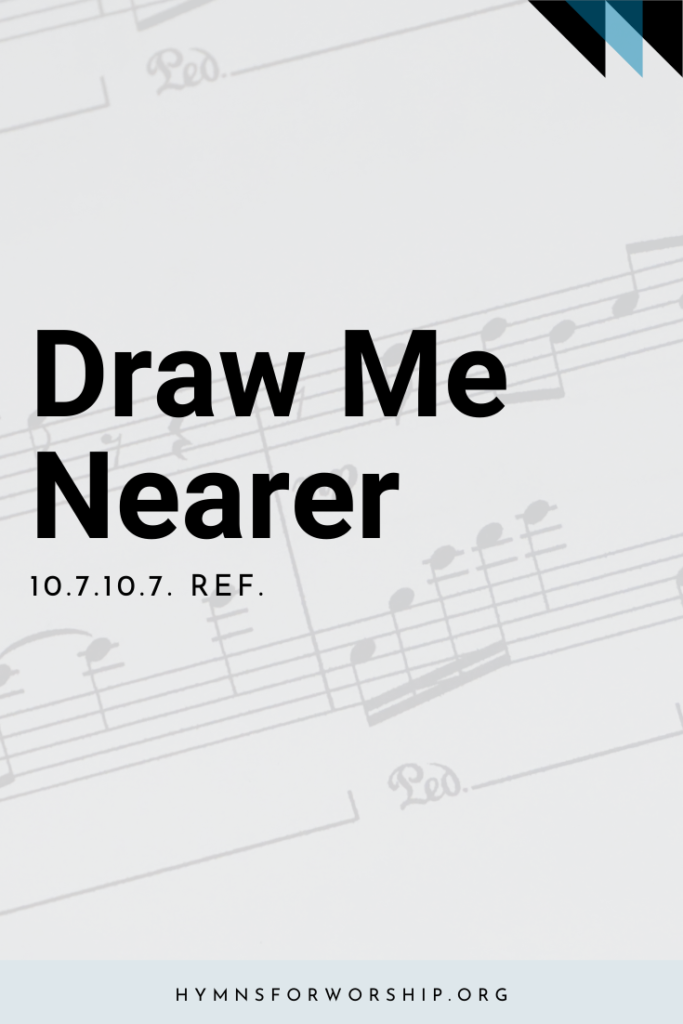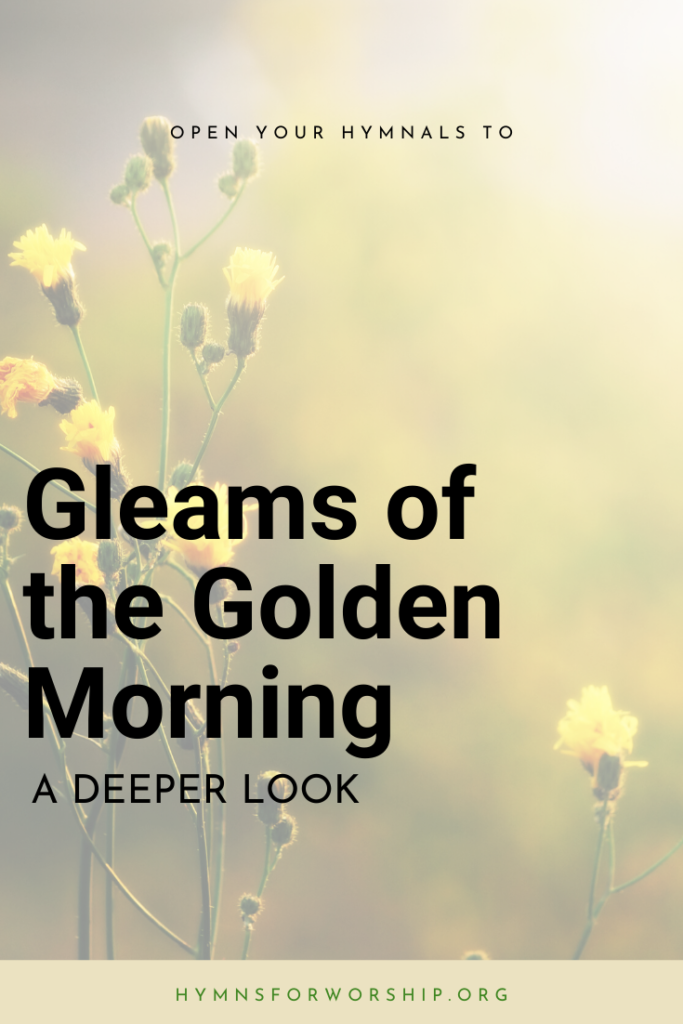WORSHIP >> EVENING WORSHIP
SDAH 52
Now the day is over,
night is drawing nigh,
Shadows of the evening
steal across the sky.
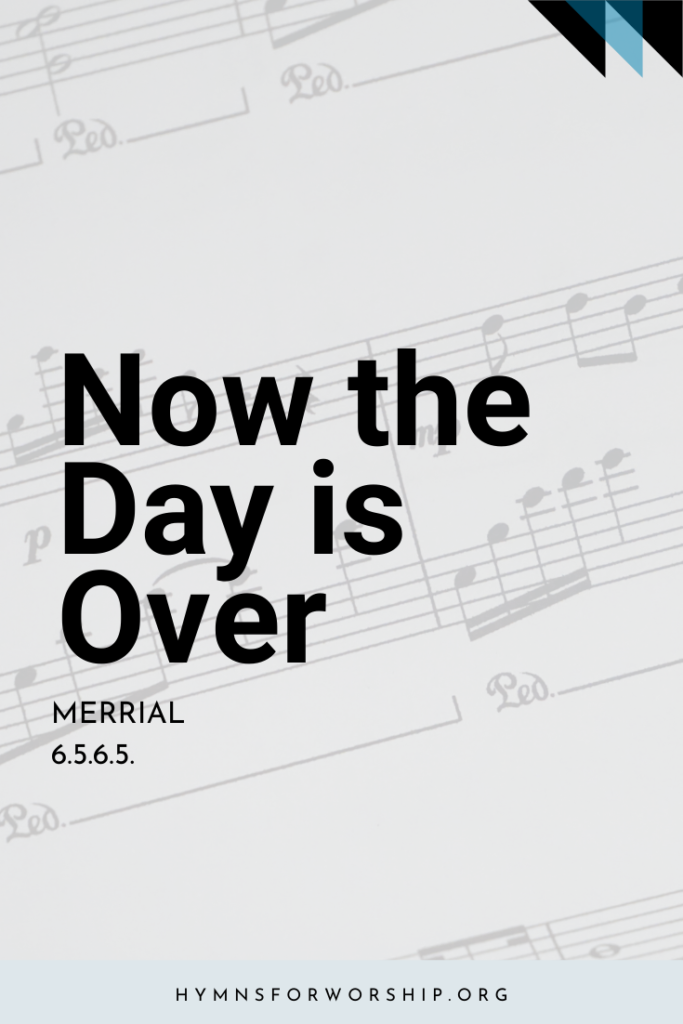

Text
1
Now the day is over,
night is drawing nigh,
Shadows of the evening
steal across the sky.
2
Father, give the weary,
calm and sweet repose;
With Thy tenderest blessing
May our eyelids close.
3
Through the long night watches,
may thine angels spread
Their white wings above me,
watching round my bed.

Hymn Info
Biblical Reference
(b) Prov 3:24 (c) Ps 34:7
Author
Sabine Baring-Gould (1834-1924)
Year Published
1865
Hymn Tune
MERRIAL
Metrical Number
6.5.6.5.
Composer
Joseph Barney (1838-1896)
Year Composed
1868
Theme
EVENING WORHIP
Hymn Score
Piano Accompaniment
Notes
This hymn was written especially for the children of the parish of Horbury, near Wakefield in Yorkshire, England, by their young parish priest, Sabine Baring-Gould, in 1865. He lived in a tiny house with only one room and a little kitchen on the ground floor and another room above. It was before the days of universal education; Baring-Gould conducted in his house a night school for the children, some of whom worked all day in the wooled mills. The room downstairs was the “school” and upstairs was the “chapel.” In his book Reminiscences, he tells about it:
“I began with night school every evening in the winter and with service every Sunday evening in the chapel. I had to stand on a stool before the chimney piece, on which was stood a cross and a pair of candlesticks. I wore no surplice, only a cassock. Very soon a congregation was formed, that grew till it not only filled the upper room but occupied the stairs as well, and the kitchen below. Hymns were performed somewhat laggingly, as the singing had to bump down the stairs, fill the kitchen, and one strain of the tune after another came up irregularly through the chinks in the floor to interfere with the smoothness and sequence of the melody as sung above. The notes from the stairs also jostled.”
Baring-Gould was born on January 28, 1834, at Lew Trenchard, a large family estate on Dartmoor, 20 miles north of Plymouth in Devonshire. He spent much of his early years in France and Germany. He studied at Cambridge University, gaining hi B.A. in 1854 and M.A. two years later. He was appointed assistant master at a choir school in Pimlico, London, and the next year to a similar position at Hurstpierpoint College, north of Brighton in Sussex, where he remained until 1864. In that year he was ordained as an Anglican minister and appointed to the small town of Horbury. It was there that he saved a young mill girl from drowning, and sent her to a boarding school for further education. Then in 1868 he married her, for what was to be a long, happy, and fruitful union.
In 1866 he was appointed curate at Dalton, 20 miles northwest of York, and then in 1871 to east Mersea, eight miles south of Colchester in Essex. The next year his father died, and he returned to the family home on the edge of Datmoor, a huge property of 3000 acres. His uncle, who was the rector of the small community of about 200 persons at Lew Trenchard, died in 1881; as the Lord of the manor is was Baring-Gould’s privilege to appoints a successor, so he close himself, and remained there for the the rest of his life. His clerical duties were minimal, and he was able to accomplish an extraordinary output of writing, including fiction, religion, history, folklore, and travel, and he also collected folk songs, which he published. Possibly his best-known work was his Lives of the Saints, in 15 volumes. He also wrote SDAH 612, “Onward Christian Soldiers.” He died on January 2, 1924.
Baring-Gould composed his own tune, EUDOXIA, for this poem, but in most American hymnals it has been displaced by MERRIAL, composed in 1868 by Joseph Barnby (1838-1896; see Biographies) and published with these words in Barnby’s Original Tunes to Popular Hymns, 1869. There it was unnamed, but Dr. Charles S. Robinson, an American, in his collection Spiritual Songs for Social Worship, 1878, named it EMMELAR to commemorate his daughter Mary by her initials M.L.R., which easily slurs into EMMELAR. However, Robinson later changed the name to its present one, using the same device for Mary L., which becomes MERRIAL.
The tune is noteworthy for the fact that of the 23 notes in the melody, more than half are the note E, a series of six in succession beginning the tune and a succession of seven ending it. Far from being monotonous, though, the tune is accompanied by harmony that varied considerably in both tenor and bass parts. Unusual also is the small range of four notes in the soprano and alto parts.

